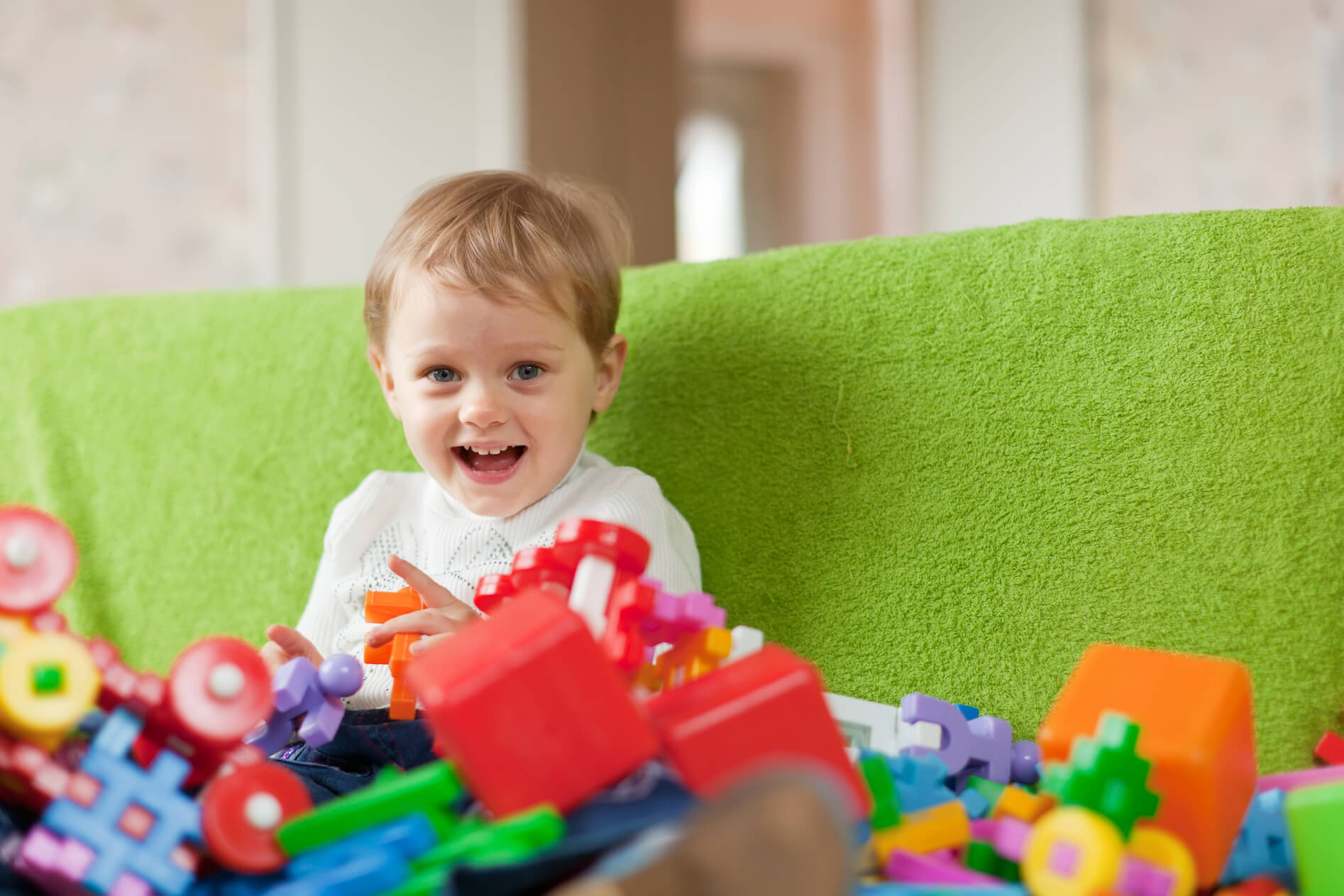We get it.
Your kid likes toys.
Nothing wrong with it. Every child likes them. And why shouldn’t they? Toys are fun. They are their friends. Playing with them is the actual serious ‘work’ of their childhood.
So where’s the problem then? The more (toys) the merrier (kids), right?
Unfortunately, it does not work that way. The problem arises with space. The space in your house is finite, and you’re running out of it. Maybe you aren’t running out right now, but if you don’t engage in some smart ‘toy management’ very soon, you might.
Toys, once acquired by the kid, is (generally) notoriously difficult to get rid of. It’s understandable. The little fellow can get attached to a particular one, or maybe to all the particular ones. Therefore, toy removal (from reluctant hands) is not the most feasible options. You also have heard the general advice: organize, organize, and organize. But you have followed it, very literally, as much as you could. But still, it does not seem to solve the problem. There are toys peeking out from the cupboards, snoozing on the floor, and some even show the not-so-pleasurable inclination of appearing just under your feet and being (sometimes painfully, for you) stepped on.

In such cases, it is best to fall back upon the old saying: Prevention is better than cure. What we are trying to say is this: Choose your toys carefully! We believe that is the secret to ensure your kid has the best playtime, while also having plenty of space all around in your house. But how do you do that? How do you choose those toys that will save you space?
Well, this is how:
1. Keep toy sizes in mind
Do they really need that giant Teddy Bear? Sure, it might have caught your kid’s eyes, and it might just fit through your door, but are you sure that huge fluffy thing is the best investment in the toy department? Resist from picking up toys that are too big for your cupboards or toy cabinets. Develop a preference for the smaller ones, ones that are compact, and can be easily and neatly stacked.

2. Opt for Educational toys
Playtime, as you already know, is essential for your kid. But it need not be just fun and frolic! Maybe you’d also want to ensure that the little guy or gal is also gaining some useful knowledge along the way. Educational toys, therefore, are a favorite of parents like you. Moreover, a good practice while choosing toys is to check if the toy falls into the category of S.T.R.E.A.M. toys. These help kids in terms of analytical thinking and inculcate in them the love for these subjects.

3. Choose toys that will grow with your child
But wait! How can a toy grow with your child? Well, here we’re not talking about physical growth in the toy, but rather a transformation in the way your child will use it. Most toys for 4-year-olds aren’t suitable for 6 and 8-year-olds, and vice versa. Some toys, however, are. Certainly, the kids would not be playing with the same toy in the same way for all these years, and so these toys must have plenty to offer to children of each age group.

4. Choose toys that let them build
Children love building. That’s why toys like LEGO blocks have been a crowd favorite for so long. Want to play with a house? Build it! Want a boat? Build it as well. These block-type toys can be arranged and combined to build an infinite (well, almost infinite) number of different toys. A fine solution to the finite space problem!

5. Opt for “phygital” toys
But why? What can they offer that normal physical toys or digital games can’t? The detailed answer would vary from toy to toy (because each toy is unique), but a more general answer would be that they offer multiple modes of interaction for your kid. There are advantages and drawbacks to both the physical and digital toys, but the ‘phygital’ toys combine their best features to give your kid the best of both worlds. For an all-round development of your child, you’d want to ensure that they get an all-around playtime as well. Toys of this kind will cater to their different senses, and can also develop their different motor and cognitive skills.

6. Encourage them to create their own toys
Sometimes, toys don’t need to be bought. The kids are an imaginative bunch. You never know what your little fellow will find an interest in. A cardboard box could be a castle or a car, a plastic plate could be a UFO or the shield of an ancient warrior. Encourage your kids to be creative, and find uses you might not have even thought was possible. (This DIY practice is light on the pocket as well!) And if you need ideas, we’re here for you. Subscribe to our blog to know how.

Do you have any other good ideas about how to choose toys carefully to conserve space? Or a nice stacking plan? We’re all ears. Please share your thoughts via Facebook or Instagram, and tag us.


